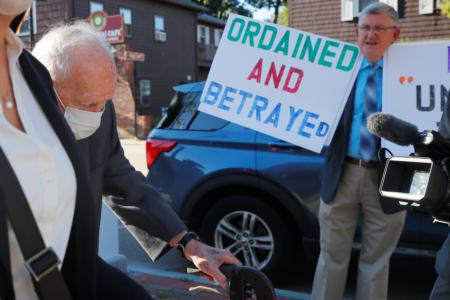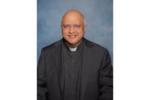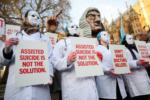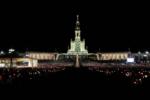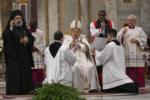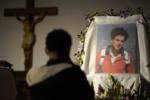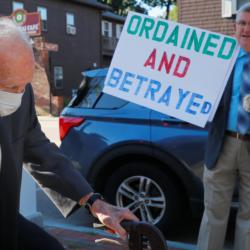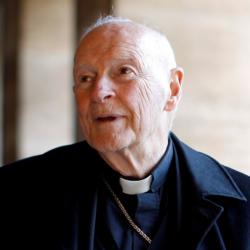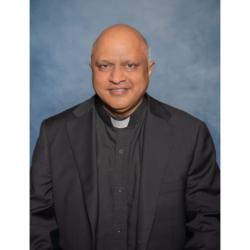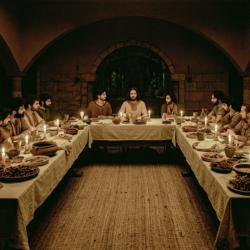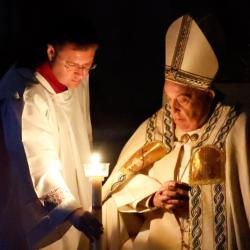The whole picture
The process of reconfiguration is moving forward. Groups of parishes, known as clusters, throughout the archdiocese met several times to analyze the available data — sacramental indexes, Mass attendance, parish finances, the cost of repairing each parish’s buildings, the presence of a school, the particular programs and outreach activities of each parish and an assessment of the demographics of each neighborhood.
After considering all that information, clusters have made an initial recommendation to the archbishop who asked them to answer two questions: “If only one parish within the cluster should be closed, which should it be? If more than one parish within the cluster should be closed, which should they be?”
Some clusters have succeeded in answering the two questions. Others have not been able to single out any particular parish and have instead provided several alternatives. Others simply have not been able to agree on which parishes to recommend for closure or have declined to give a recommendation.
Despite the wide spectrum of responses, it is undeniable that all those involved — clergy and laity alike — have agonized over their decisions and should be commended for the painful effort of introspection required to confront those questions.
Though the effort was tremendous, the cluster recommendations are but the first step in the process. The final outcome may be very different. Father Brian Kiely, pastor of St. Patrick Parish in Natick and member of the Central Committee on Parish Reconfiguration, put it best: “The ultimate decision resides with the archbishop because we are a hierarchical Church,” he told The Pilot. “It’s up to him to look at the whole picture — that’s what he brings to this. The clusters are only looking at their particular situation. They do not look at the entire picture — only the archbishop has access to all that information ... he’s also going to know things we [the central committee] won’t be privy to.”
All speculation in the media and all the anguish experienced by parishioners whose churches have been recommended for closure could, in many cases, prove unwarranted. At the same time, it may also happen that parishes not recommended for closure at the cluster level may end up on the final list.
One particular area of growing concern is the future of the ethnic communities present in many of the parishes recommended for closure. New immigrants often settle in marginalized areas in the inner cities and gather at churches that are struggling financially precisely because of the economic characteristics of the neighborhood. For many of them, the Church is one of the few links between their native cultures of Latin America, Asia or Africa and their new land.
The archbishop’s responsibility to look at “the whole picture” is daunting, but we pray that the Holy Spirit will help him to prepare the Church for the new challenges of the 21st Century.
